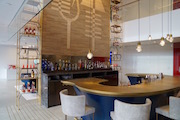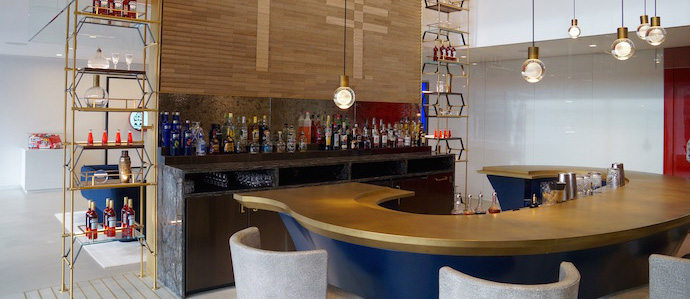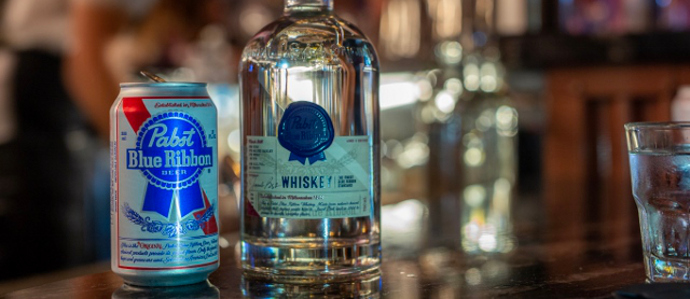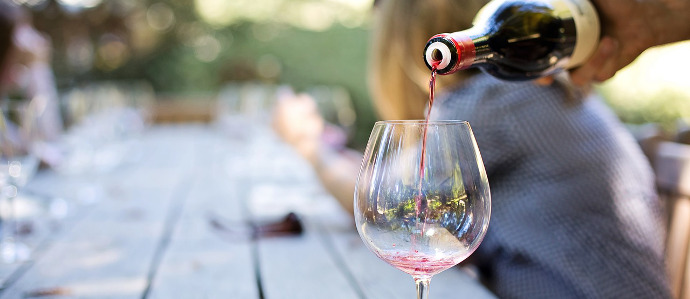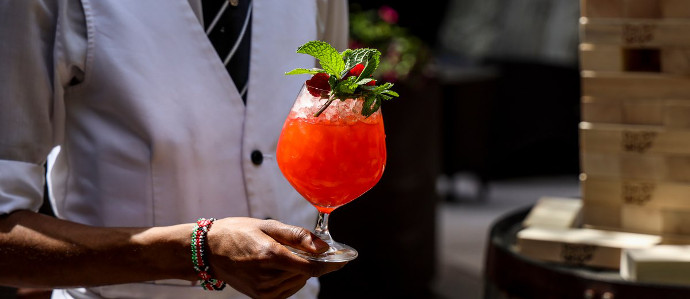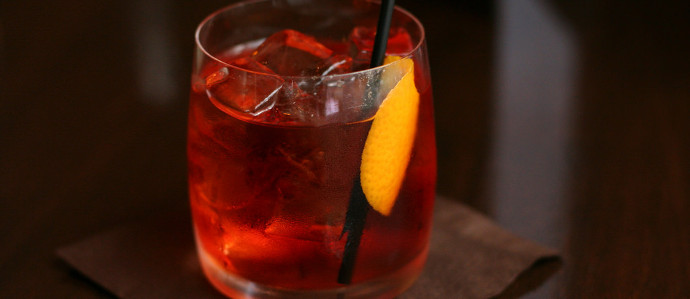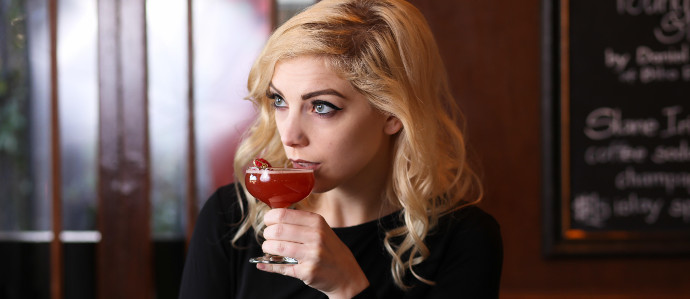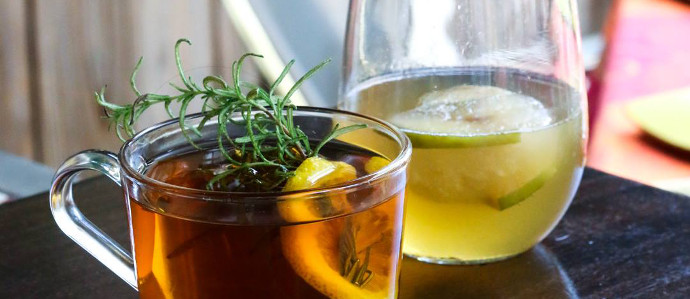Wine 101: A Primer For Novices
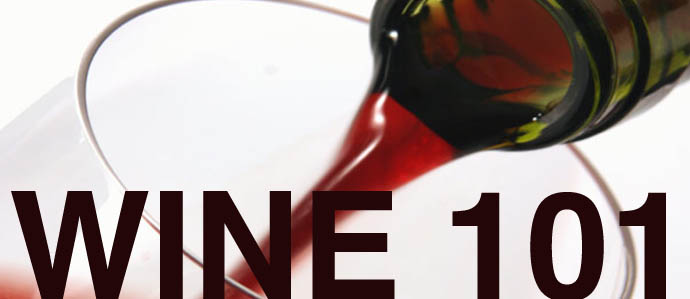
Drinking wine isn’t like drinking beer. You cannot arbitrarily point to a bottle and already know what the beverage poured for you is going to taste like. You cannot even read the name of the wine and know exactly what it is going to taste like. Wine requires a bit of education and a fair amount of experimentation.
So why put in the effort? Because wine is good, delicious even. Because wine is a great way to impress (if not show off to) a date. And because when you are invited to your boss’ holiday party/sister’s engagement celebration/potential client’s housewarming, a six-pack of Coors ain’t gonna cut it.
Here’s the good news, though: learning to drink and understand wine isn’t difficult. A few facts and tips here and there will take you from novice to in-the-know.
So here is your quick and dirty Wine 101 class. Take notes.
1. Red vs White
Yes, we are starting in Kindergarten. But it’s a fundamental piece of knowledge you actually may not have all the facts on. White wine is often made with white grapes, and red wines with red grapes. Often. But, as always, there are exceptions to the rule. Champagne, while white, includes grapes that are red. Many reds include white grapes in their blend. The detail is whether the skins of the red grape are included when the grapes are pressed. No skin = no red color. So what about when there’s a bit of red color, like in a rose or white Zinfandel? In those cases, the grapes are bled, which means a bit of the red from the skins are released, then tossed away.
How this affects your wine selection: wines that include the skins include a chemical compound called tannins. Tannins are what create the dry feeling on your tongue after you take a sip. They give wines more smokey, rustic, hearty flavors.
Wines without skins are all about the fruit. They are lighter and sweeter. Many taste like tropical fruits, grasses or even minerals.
2. Know both What and Where
Just like in the world of beer, options come from around the world. Every area seems to have a specialty, and that’s usually due to the type of soil and weather that region has. It’s a concept known as terroir in the wine world, and it has a lot of impact on what the finished wine will taste like.
Look at where the wine came from as well as what kinds of grapes were used in creating it. You may love pinot noir when it’s grown in Oregon, but not so much when it came from Cali.
3. I taste...grapes
So you have somehow figured out which bottle to purchase, and the sommerlier (aka, the guy who uncorked the bottle for you) has poured you a taste and is staring at you, waiting for a reaction. What do you say?
First: look at the glass. Is the wine clear? Good. If it’s foggy, send it back. Check out the color. While there are tons of factors that can affect the hue, in nearly all cases a brown color is a result of substantial aging. If you ordered a 2007 bottle, you have have a problem. Now swish it around the glass a bit (slowly, please). You’ll see little trickles of the wine cling to the glass: these are called legs. Big, long legs are a sign of high alcohol content or sweetness. If you get no legs at all, the wine may be past its prime; that, or the dishwasher needs to learn to rinse better.
Next: smell and taste the wine. Yes, you can swallow it. But do it slowly and try to pay attention to the flavors. The sommerlier doesn’t care if you get blackberry or tobacco notes; he simply wants to know the wine has not gone bad and that you like it. If it’s tasteless, flat, sour or reminds you of vinegar, send it back. Oxygen has snuck in under the cork and done some damage. If it’s fruity, or smokey, or maybe even a little barnyardy (oh yes, it’s a legitimate taste), then just enjoy it. (For those in the front of class, we’ll go over tasting more another day).
As with any course, you are going to have some homework. Go to the state store. Pick up a bottle of something you have never tried (Boone’s and Arbor Mist do NOT count). Note the grapes and region, and try to pick out some of the flavors. As long as you don’t pour it into a Silo cup on a ping pong table, you are officially drinking wine properly. The rest will come with time. For now, cheers!
Tags: Education, Wine





